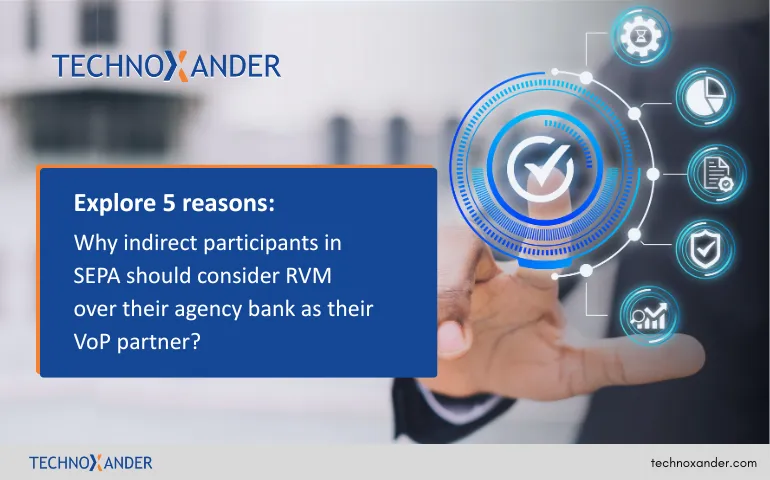Have you ever questioned your bank’s effectiveness in combatting Authorised Push Payment (APP) fraud and helping victims? Now is your opportunity to gain unparalleled insights. You’ll gain complete insights on:
- Victims being reimbursed from 14 major banking groups.
- How much money was sent from each payment firm because of App fraud (based on data from 14 major banking groups)?
- How much money has been earned by payment firms due to APP fraud (based on data provided by all payment firms in the UK)?
At the Payment Systems Regulator (PSR) data collection exercise, it’s truly remarkable to witness financial institutions effectively managing the challenges posed by Authorised Push Payment fraud. This unprecedented transparency effort provides you with an excellent opportunity to evaluate how your bank compares against its peers; knowledge is power, and this data allows you to make more informed choices when choosing a bank.
Recognising Leaders in Responsible Banking
Financial institutions like TSB (91%), Nationwide (78%), HSBC (73%), First Direct (73%), Barclays (70%), Santander (63%), NatWest (62%), RBS (62%), and Ulster Bank (62% refunded over 60% of APP fraud losses in 2022, providing excellent examples of responsible banking that prioritise customer protection and wholeness for victims. We must applaud them for their commitment to security and customer well-being!
From the PSR’s report on App Fraud Performance Data, we can understand:
Metric A: Ratio of Refunded Fraud Losses Reported by Value
In 2022, TSB, Nationwide and First Direct were leaders in terms of refunding the highest percentage of reported APP fraud losses by value; with TSB standing out with refunding 91% of total losses recouped as part of its strong commitment to victim reimbursement and mitigating its effects on customers.
Metric B: Refund rate for reported App Fraud losses by volume
Nationwide leads in this metric by fully reimbursing 91% and partially reimbursing 4% of APP fraud cases in 2022 – reflecting its rigorous approach to dealing with these instances of insurance fraud. Metric B measures the value and volume of Authorised Push Payment fraud sent per million transactions. Leading in this category are TSB, Santander, Metro and Monzo; each exhibits similar rates of Authorised Push Payment fraud per million transactions. It suggests a similar likelihood for customers at each bank being victims of Authorised Push Payment (APP fraud). When measured by volume, Monzo leads in terms of customer impact from APP fraud. Starling, Metro and Santander claim second, while AIB and Danske Bank reported lower APP fraud rates than others – suggesting variations between different financial institutions regarding fraud trends.
Metric C: Fraud Received per Million Transactions for Non-directed PSPs
Clear Junction stands out among non-directed PSPs by receiving £10,335 worth of App fraud per million transactions – this indicates their vulnerability to receiving higher value App fraud incidents.
Metric D: Fraud loss per £ million transactions conducted (Directed PSPs)
Metro ranks highest for having experienced the highest value of APP fraud per million transactions with £696 worth of APP fraud per £1 million as evidence of where their fraud controls need improvement.
Metric E: Average APP Fraud Incidents per Million Transactions for Non-Directed Pay Service Providers.
According to reports, the company Dzing Finance received the most fraud payments per million transactions in 2022 among other non-directed PSPs. This conclusion suggests they received many APP fraudulent payments. Despite top performers on these metrics showing strong performance in addressing APP fraud, some banks were more exposed to it. Understanding these insights allows us to better understand the challenges and priorities of different banks when fighting against them.
The existence of APP fraud continues to pose a daunting challenge for consumers and businesses alike. Non-directed PSPs face a significant challenge in receiving large amounts of fraud funds while on the other hand, banks tend to send payments directly to the wrong account. The industry is continuing to strengthen fraud prevention measures, while regulatory authorities are implementing protective measures such as TAT systems in order to combat fraudsters.










